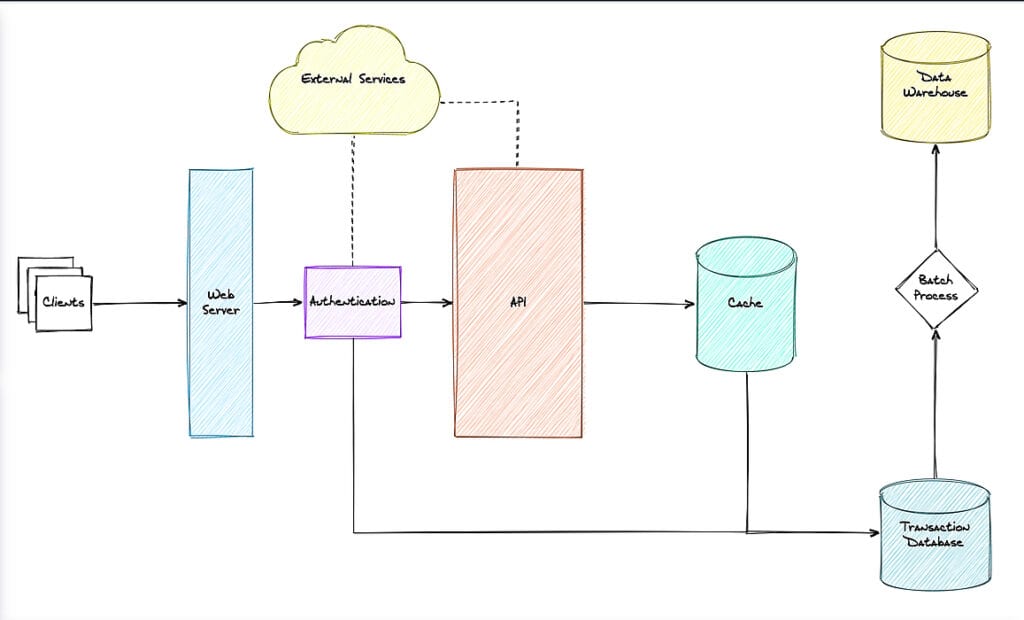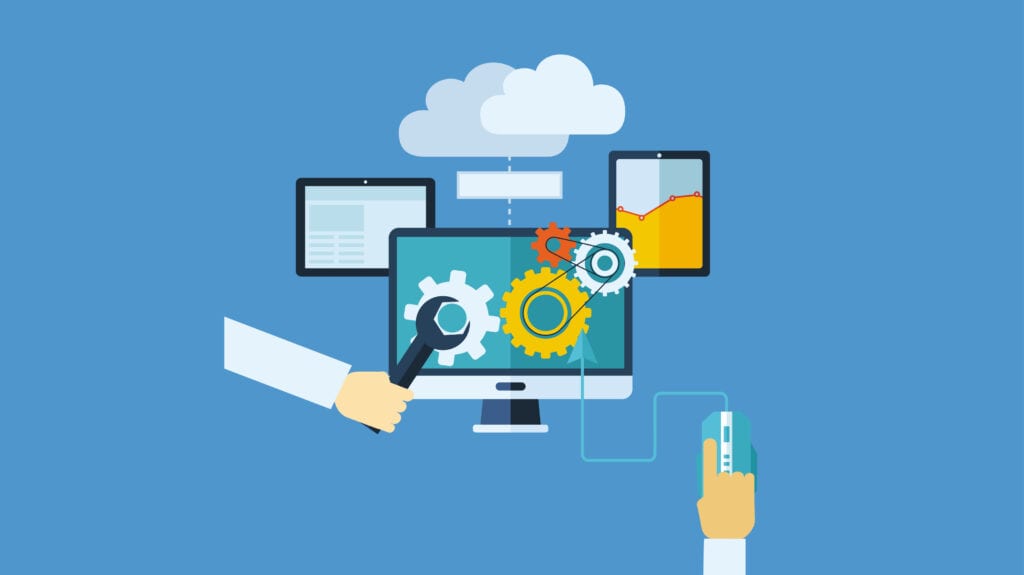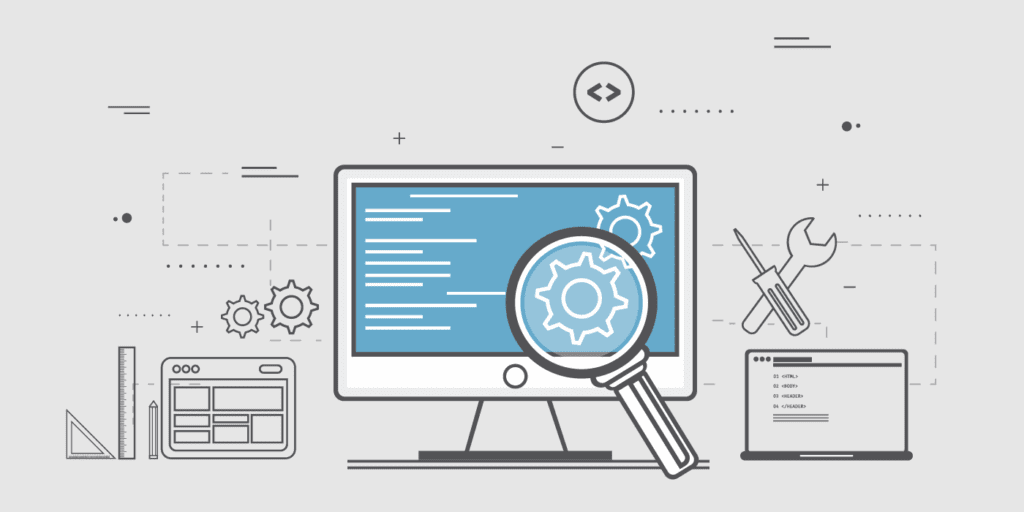There are several important steps for successful project management software development. Project management software solutions are effective resources that help users balance resource allocation, optimize pipeline forecasting, and streamline budget management. In fact, the best applications even promote real-time reporting and better team collaboration. If you are an experienced developer looking for your next project, there has never been a better time to configure project management solutions. After all, there is growing demand, consumer interest, and opportunities for these systems. To help you get started, read on to learn about the most important steps for successful project management software development.
Analyze Your Requirements

First off, analyze the system requirements of developing your project management software. Start off by evaluating customer and stakeholder needs. Then, perform an economic and technical analysis, which will evaluate your software for feasibility. Once you have done so, you can allocate functions, establish a schedule, and emphasize any potential constraints. Simultaneously, you should collect relevant documents and perform market research on your top competitors. This way, you can lay the foundation for progress, encourage a shared vision, and foster collaboration.
Naturally, this will help you minimize development costs, accelerate delivery, and reduce project chaos. Undeniably, requirements analysis is a pivotal step for successful project management software development.
Outline Your Core Features

Next, outline all the core features you want your project management software to contain. There are plenty of advanced features that should come in an efficient project management software. At a minimum, your product should include project planning, scheduling, and time tracking capabilities. In addition, you may want to build a solution with project budgeting, reporting, and billing functionality. Other important features to develop include project templates and task prioritization schedules. In fact, you may even want to reserve features for effective employee management.
Defining your features early-on, you can establish a clear-cut guide for action, which will maximize resource utilization and drive flexibility. Of course, this will help you set performance standards, promote motivation, and foster team commitment. Certainly, you will need to outline your features in order to build a custom software solution for project management.
Integrate Powerful Development Tools

Once you have done so, integrate some powerful development tools. There are several powerful programming tools you can leverage to enhance your speed, efficiency, and quality. For example, many teams have started using container registries by JFrog, which operates as a single access point to manage, organize, and monitor your remote images, while avoiding retention issues.
Leveraging this solution, you can enjoy reliable, efficient, and consistent access across your build ecosystem. Naturally, this will help you manage access control, scan for vulnerabilities, and make patches as needed. Moreover, these tools allow you to require authentication of users, as well as for your images. Surely, setting up your tech stack is an important step for successful project management software computing.
Construct Your System Design

With your technical tool stack assembled, you can now begin constructing your system design. During your design stage, you will start actually conceptualize what your solution will look, feel, and act like. This means formulating an accurate, detailed understanding of your system architecture and project requirements. In order to accomplish this, you will need to collaborate with fellow developers, system architects, and engineers to set design workflows.
Then, you can begin preparing database structure, mockups, and final prototypes. Focusing on your design, you can enhance product flexibility, ensure reusability, and increase understanding. Indeed, system design construction is essential to build a successful project management software solution.
Begin Coding & Development
After your system design is prepared, it is time to begin coding and development on your project management software. This is the stage where your actual software is constructed. Often, this includes assembling infrastructure, starting to code, and drafting documentation on system functionality. Due to its sheer importance, this is often considered to be the bulk of the project. To further maximize efficiency, it is highly important to frequently inspect, read, and test the code you have written.
In some cases, it may be beneficial to have a fellow developer look over your source code before anything is published. This way, you can eliminate any minor mistakes or fatal errors for building up in your project. Absolutely, coding and development is a highly-important stage in project management software development.
Conduct Basic System Testing

Now, you are ready to conduct basic testing on your software system. At a minimum, you should perform unit, regression, and integration testing on your system. You may want to perform other types of functional testing, such as beta acceptance, system, or sanity testing as well.
Other development teams highlight the importance of non-functional testing frameworks, such as performance, localization, and recovery testing. In fact, you may even want to evaluate the importance of compliance, security, or volume testing. Other popular inspection protocols include usability and compatibility testing. Definitely, performing basic testing is a core step for successful project management software engineering.
Perform Advanced Testing On Real-World Users

At this point, it is time to perform advanced testing on real-world prospective users. Testing on actual people is a great way to see how actual users interact with your project management software. Ask them to freely navigate your program for a period of time. Then, provide them with a set of tasks and instructions to complete using your product. This way, you can clearly evaluate user-intuitiveness, ease-of-use, as well as performance levels. Surely, this will be an important step to help get your product deployed. Indubitably, performing advanced testing is an essential step for successful project management software development.
There are several important steps to build a successful project management software solution. First off, analyze the requirements of installing your project management system. Then, outline the core features that your innovative software will contain. Once you have done so, integrate some powerful tools, such as a container registry. Next, you can construct your system design in accordance with your architecture. With this squared away, begin coding and developing your custom software products. Now, you are ready to conduct some basic system testing. At this point, it is time to perform advanced testing on real-world prospective users. Follow the points highlighted above to learn about the most important steps for successful project management software development.
 Imagup General Magazine 2024
Imagup General Magazine 2024



